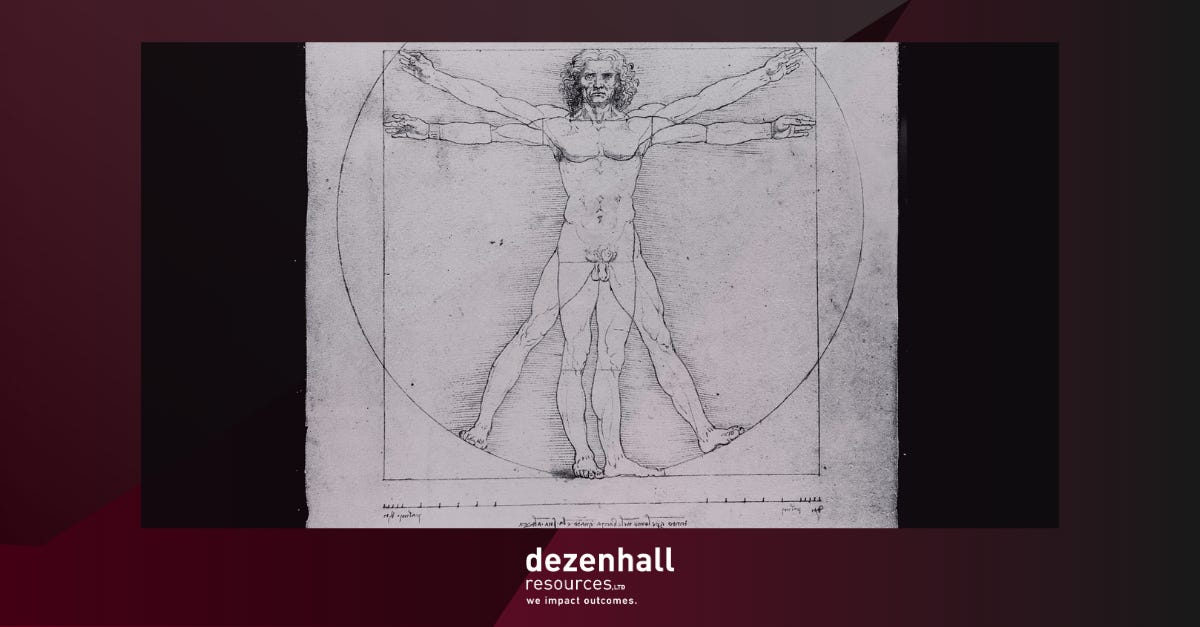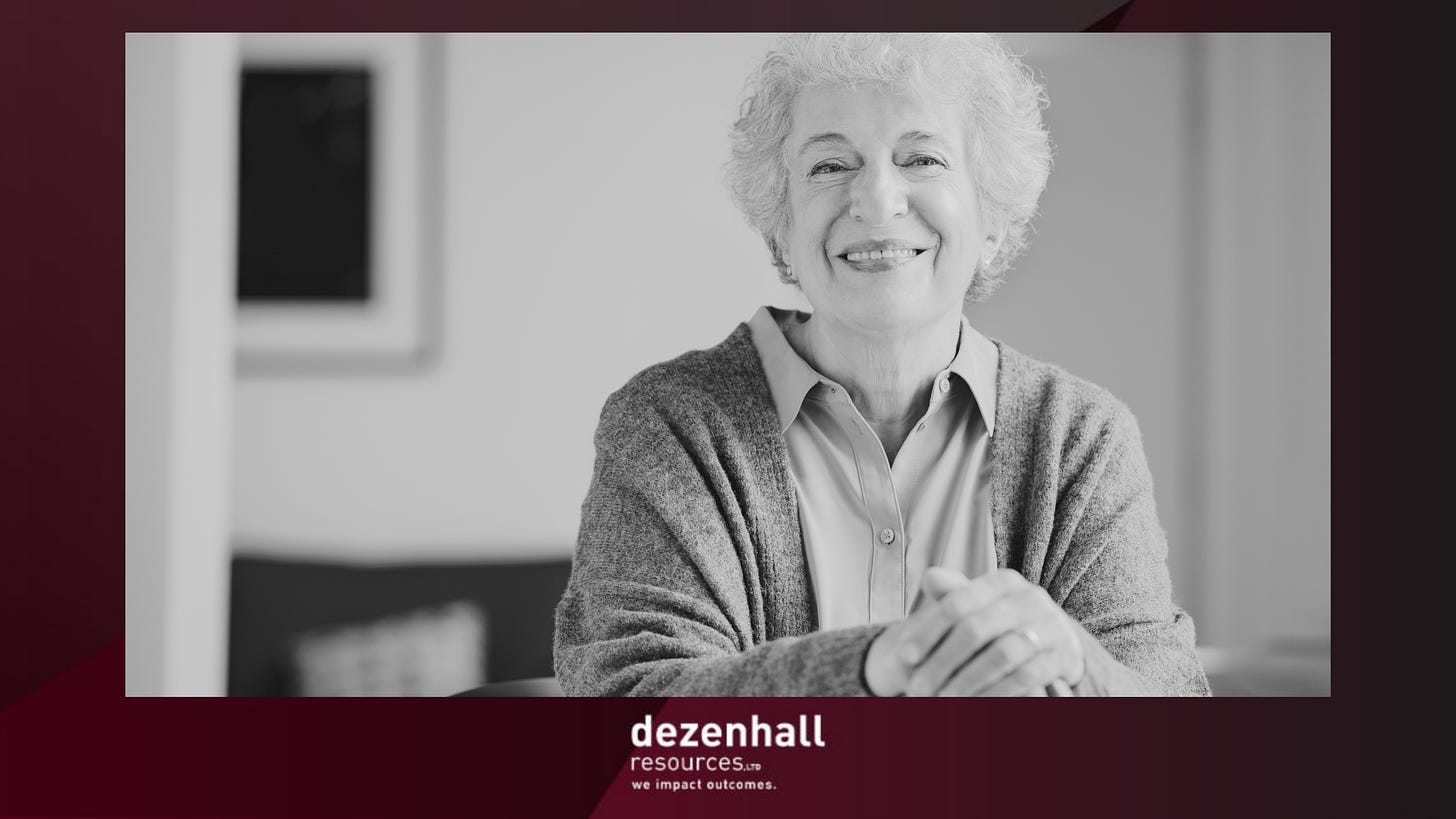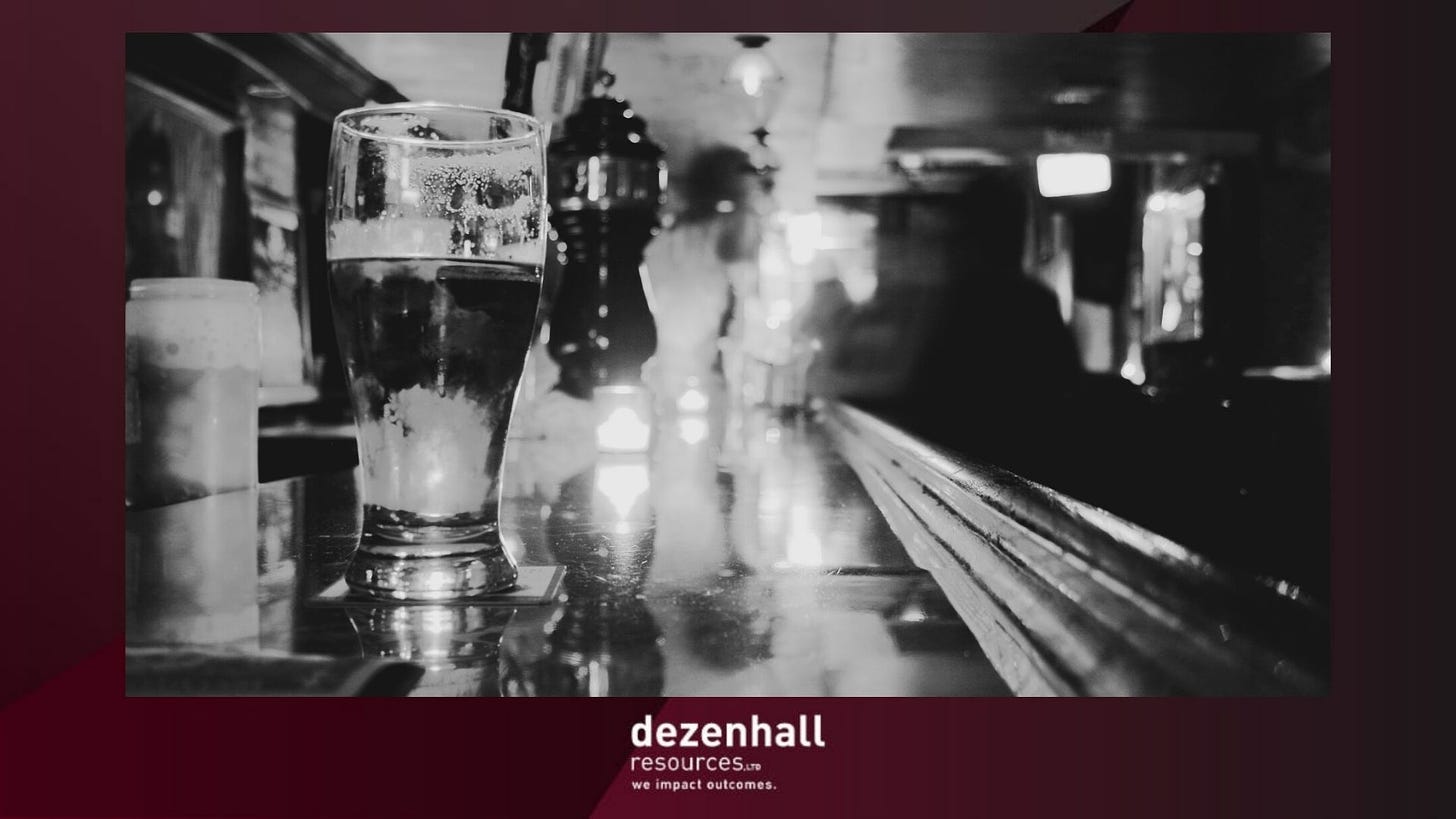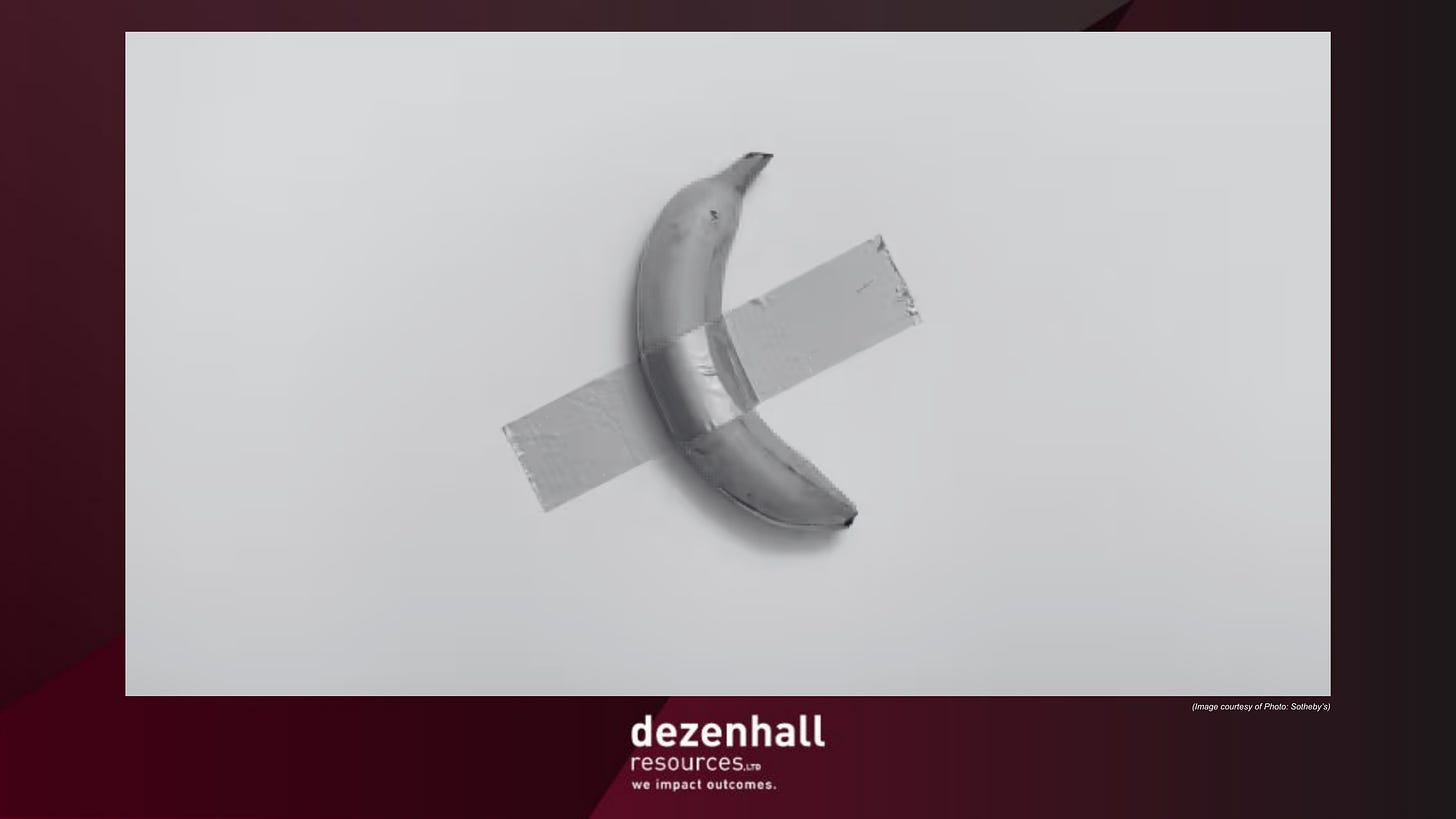Dez Reads. On Curiosity and Wonder.
The conclusion of Walter Isaacson’s biography of Leonardo da Vinci (buy it and read it asap) includes 20 lessons we can learn from Leonardo and his life. It is better than any commencement speech or piece of motivational prose I have ever read. In lieu of the traditional shoutouts this week, I’m going to list Isaacson’s first three lessons. They perfectly encapsulate our view of what this weird little newsletter is all about:
[Leonardo] was not graced with the type of brilliance that is completely unfathomable to us. Instead, he was self-taught and willed his way to genius. So even though we may never be able to match his talents, we can learn from him and try to be more like him. His life offers a wealth of lessons.
Be curious, relentlessly curious. “I have no special talents,” Einstein once wrote to a friend. “I am just passionately curious.” Leonardo actually did have special talents, as did Einstein, but his distinguishing and most inspiring trait was his intense curiosity. He wanted to know what causes people to yawn, how they walk on ice in Flanders, methods for squaring a circle, what makes the aortic valve close, how light is processed in the eye, and what that means for the perspective in a painting. He instructed himself to learn about the placenta of a calf, the jaw of a crocodile, the tongue of a woodpecker, the muscles of a face, the light of the moon, and the edges of shadows. Being relentlessly and randomly curious about everything around us is something that each of us can push ourselves to do every waking hour, just as he did.
Seek knowledge for its own sake. Not all knowledge needs to be useful. Sometimes it should be pursued for pure pleasure. Leonardo did not need to know how heart valves work to paint the Mona Lisa, nor did he need to figure out how fossils got to the top of mountains to produce Virgin of the Rocks. By allowing himself to be driven by pure curiosity, he got to explore more horizons and see more connections than anyone else of his era.
Retain a childlike sense of wonder. At a certain point in life, most of us quit puzzling over everyday phenomena. We might savor the beauty of a blue sky, but we no longer bother to wonder why it is that color. Leonardo did. So did Einstein, who wrote to another friend, “You and I never cease to stand like curious children before the great mystery into which we were born.” We should be careful to never outgrow our wonder years or to let our children do so.
I would transcribe the subsequent 17 lessons if I had the column space. Instead, this week we kick off Dez Reads with Jennifer Hirshon mourning a dead bear in Wyoming.
Thanks, as always, for reading along with us.
Here we go.
Wildlife.
The New York Times. Grizzly Bear 399, Mother of 18 Cubs, Is Killed by Driver
Rest in peace, Queen of the Tetons’. I have never been to Yellowstone, but I was very aware of Grizzly Bear 399 – she was an icon – she was a legend with her own social media and a PBS documentary. I am saddened for all of us who took delight in her being.
In a year where prominent bear deaths – like the livestreamed death of Bear 402 at Katmai National Park that delayed fat bear week – are sadly on the rise, we pause to mourn and remember 399, who brought joy to millions of people around the world.
– Jennifer Hirshon
Sports.
RUN. Can We Celebrate and Be Skeptical of Ruth Chepng’etich’s Marathon World Record?
At this year’s Chicago marathon, Ruth Chepng’etich smashed the marathon world record with a time of 2:09:56, becoming the first woman to break the 2:10 barrier – a milestone many in the running community believed was years away. This is a huge leap forward in women’s sports and something that deserves massive recognition – the training that goes into a time like that requires incredible commitment and work ethic.
Or does it? Today, this type of athletic progress is met with not only with awe, but also doubt. Even before Ruth crossed the finish line, the internet and pundits were running wild with doping allegations.
As a sports fan, I am pondering the broader implications for integrity in sports. It’s hard not to feel jaded when every athletic breakthrough comes with skepticism. I’m not here to accuse Ruth of doping, but the fact that people are so quick to jump to that conclusion reflects a broader problem in athletics.
If we want “athletic integrity,” we need to address the root causes of doping. The easiest way for athletes to get sponsorships is to win. Doping makes that possible. Society wants to see records broken and boundaries shattered. Doping also makes that possible. The incentives for doping are simply too great to ignore, especially when regulatory and screening technology is failing to keep up with new doping techniques.
As cynical as it may sound, we’re at a crossroads in athletic achievement. Do we accept doping as part of the sport, or do we fundamentally reevaluate our expectations, incentives, and regulations? The hard truth: If athletes continue to dope, deny it, and later get caught, any athletic advancement will always risk carrying an asterisk.
– Anne Marie Malecha
Big’s Backyard Ultra-Marathon is taking place on a remote farm in Bell Buckle, Tennessee, where 15 Americans are pushing the absolute limit of human endurance. I recently learned about this madness as a friend of a friend (shoutout Dave) is competing, and decided to dig deeper.
The concept is simple: Every hour on the hour, participants complete a 4.1667-mile loop (a rate of 100 miles every 24 hours). Runners are eliminated if they don’t complete an individual leg in time. Those who finish early can rest, eat, or nap at “camp” before starting the next loop.
The race continues until only one runner remains, who must complete one final lap alone to win. Every other runner is marked with three scarlett letters: “DNF.” You might expect the winner to run roughly 100 miles. Alas. As I write this on October 22, seven of the 15 competitors are still going strong after 75 hours—or ~312 miles. The record for this race? A staggering 108 loops, or ~450 miles, set by a 47-year-old social studies teacher from Ohio.
My mind is blown. These runners have found a way to make their bodies submit to their minds in a way that eludes the rest of us. Whatever mental strength they’ve found, I’d appreciate it if they could share even 5 percent for my upcoming half marathon.
– Maggie Johnston
Business
CNN. Elliott launches podcast in attack ploy aimed at Southwest
New reporting on the potential Southwest and Elliot Management settlement, which would make some changes to the airline’s board, is not super interesting. However, Elliot launched a podcast as part of their potential proxy fight aimed at Southwest, and I think that is fascinating and worthy of discussion.
I can’t speak to the validity of Elliott’s specific claims or concerns. But from a strategic communications standpoint, this is a great move that I expect to be replicated in future proxy fights. Controlled interviews with Elliott’s proposed board slate is a smart strategy to directly reach institutional and retail investors for the upcoming vote in December. Traditionally, activists have gone through the usual financial media gatekeepers to make their case. Now they are distributing content through owned channels, and repurposing it as digital ads that are served directly to their core audience.
As an adamant podcast listener (I actually heard about this on a Prof G Media podcast), I am bullish on these tactics, as more people continue to cut the cord and find alternative news sources like these.
– Mike Bova
The New York Times. Starbucks Reports a Slide in Sales and Traffic
“We need to fundamentally change our strategy,” the coffee giant’s new chief executive said.
The first East Coast Starbucks opened in Washington, DC, in 1993 in the affluent Cathedral Commons area. The original store was knocked down during a renovation of the entire block, but as Dezenhall’s resident Starbucks enthusiast, I can tell you the store that replaced it is one of the best in Washington. When I first visited with a friend after the opening, I remember telling him, “I don’t get it, how do you make money selling coffee?” His response was, “They sell a lot of it.” Within a few years, there were a couple of dozen Starbucks in DC. I’m one of their regular customers, taking a break every day to take a walk, get an iced tea and regroup.
It will be interesting to see what changes the new CEO makes to bring Starbucks back to stronger profitability and market share. The headwinds they face are formidable – consumers tightening pocketbooks, high commercial rent space, competition from other chains – but I’ll be rooting for them because I’m a creature of habit and don’t want my afternoon routine to be disrupted.
– Steven Schlein



